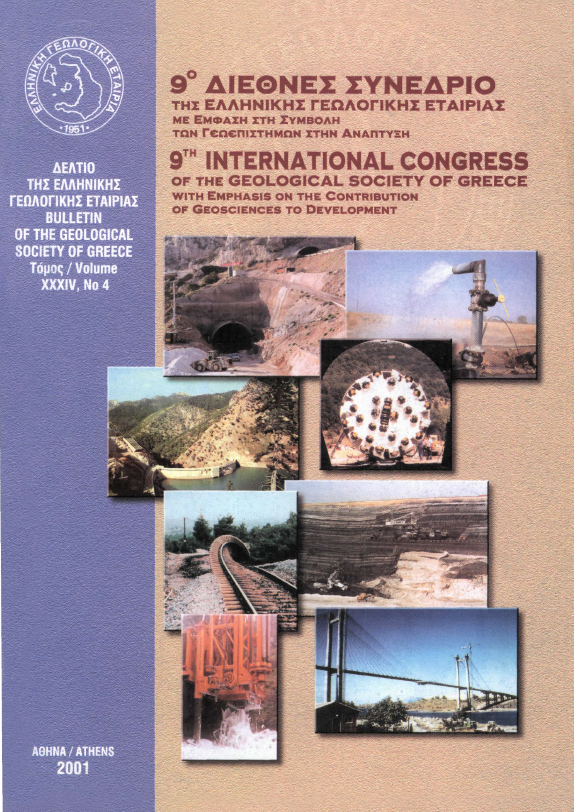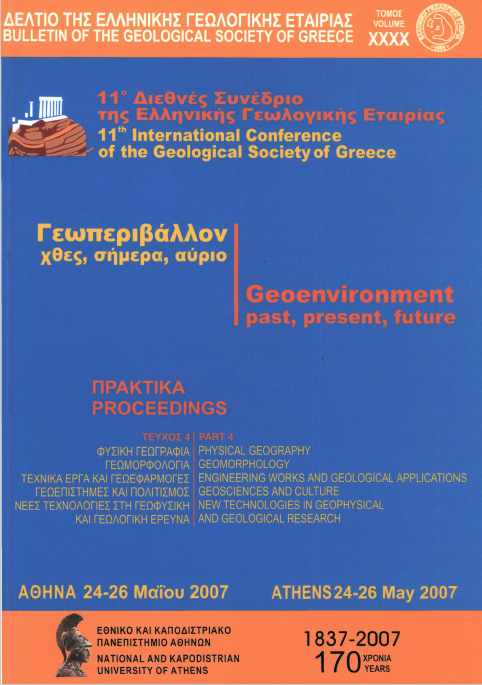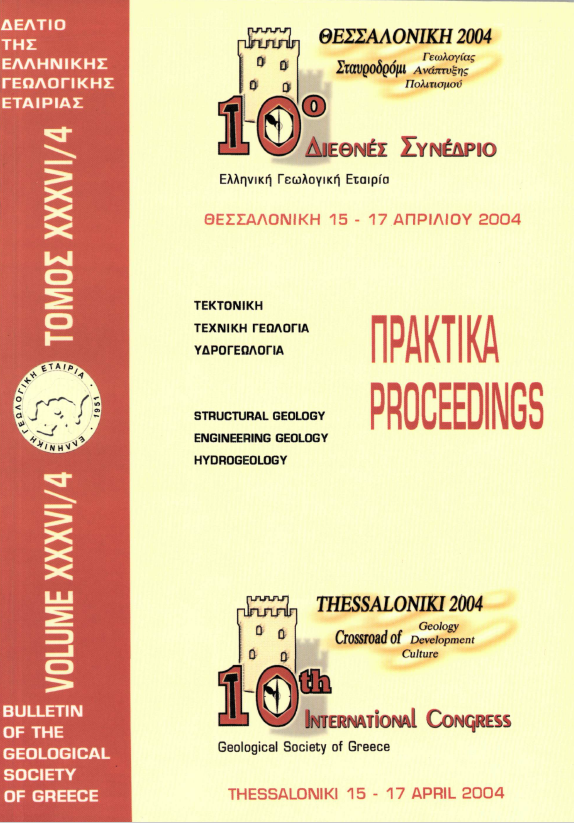Paleoseismological investigations along the Kera fault zone, Western Crete: implications for seismic hazard assessment

Abstract
The island of Crete is the principal landmass in the Aegean arc system. Collision of the Euroasian plate in the north and the African plate in the south gives rise to the subduction related deformation along the Hellenic arc. As a result of the complex deformation, the area is characterized by high seismic activity. Paleoseismic investigations performed along the Kera fault scarp, which is part of a N-S oriented fault system along the Spatha peninsula (NW-Crete), show clear evidence of repeated normal faulting events. Five distinct episodes of faulting are observed. The first two are probably of Middle-Miocene or younger age representing older tectonic episodes, whereas the last three indicate co-seismic displacements most likely during the Pleistocene and Holocene. This is in good agreement with the previous estimates of Holocene average slip rate and the recurrence time estimate of large earthquakes in the order of ca. lmm/yr and 3000yrs, respectively. The Kera fault represents a NE-SW oriented bend in a N-S fault system and therefore has a minor left-lateral strike-slip component. During the 1980's at least three earthquakes could be associated with the Kera fault. More recently, in 1999, there were three small (with magnitudes between 3.0-4.5) offshore events that are probably associated with the same fault system in the offshore extension (to the north) of the N-S oriented faults along the Spatha peninsula. The existence of these earthquakes as well as the recent paleoseismic results clearly demonstrates the need of revising the seismic hazard assessment of the area. The length of the N-S oriented fault system, where the Kera fault represents the middle segment, reaches to a total of 30 km., and is capable of generating an earthquake of magnitude in the range 6.0-6.7. Such a (shallow) earthquake occurring at a short distance to the densely populated north-western coast of Crete is likely to have significant consequences.
Article Details
- How to Cite
-
MOUSLOPOULOU, V., ANDREOU, C., ATAKAN Κ., & FOUNTOULIS, I. (2001). Paleoseismological investigations along the Kera fault zone, Western Crete: implications for seismic hazard assessment. Bulletin of the Geological Society of Greece, 34(4), 1531–1537. https://doi.org/10.12681/bgsg.17259
- Section
- Seismology

This work is licensed under a Creative Commons Attribution-NonCommercial 4.0 International License.
Authors who publish with this journal agree to the following terms:
Authors retain copyright and grant the journal right of first publication with the work simultaneously licensed under a Creative Commons Attribution Non-Commercial License that allows others to share the work with an acknowledgement of the work's authorship and initial publication in this journal.
Authors are able to enter into separate, additional contractual arrangements for the non-exclusive distribution of the journal's published version of the work (e.g. post it to an institutional repository or publish it in a book), with an acknowledgement of its initial publication in this journal. Authors are permitted and encouraged to post their work online (preferably in institutional repositories or on their website) prior to and during the submission process, as it can lead to productive exchanges, as well as earlier and greater citation of published work.









